Tesla will be showing off a working prototype of its Optimus humanoid robot at AI Day next week. Should we be afraid for our lives?


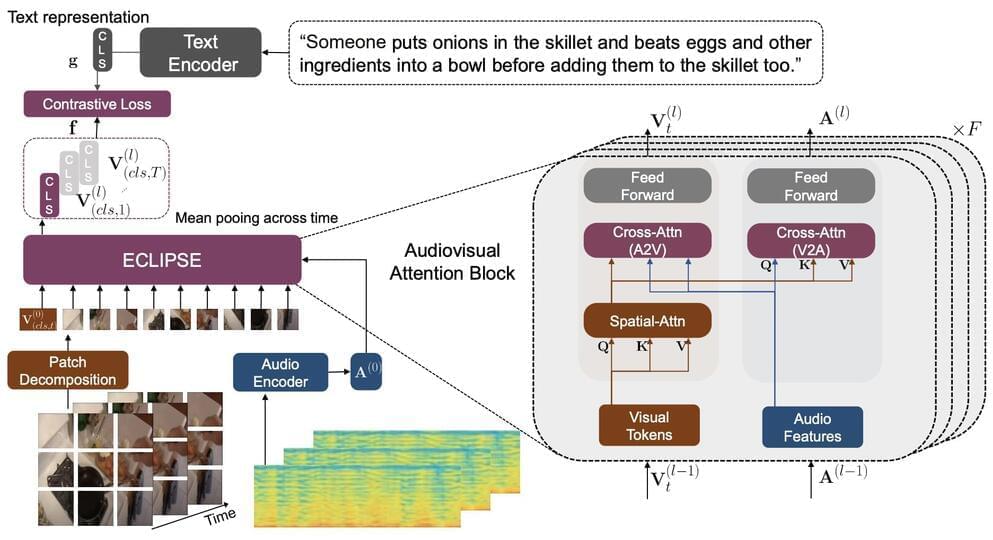

Methuselah Foundation recently announced a $1 million competition to.
encourage innovation that will enable medicine to move away from unreliable.
animal testing. The change is long overdue. In the U.S., all our food and.
drug research has been guided by the 1938 Federal Food, Drug and Cosmetics.
Act, which requires that every drug be tested on animals. While this was.
state-of-the-art scientific process 84 years ago, we can do much better today. The reason why is simple: Animal testing is unreliable, ineffective.
And costly.

Open source is fertile ground for transformative software, especially in cutting-edge domains like artificial intelligence (AI) and machine learning. The open source ethos and collaboration tools make it easier for teams to share code and data and build on the success of others.
This article looks at 13 open source projects that are remaking the world of AI and machine learning. Some are elaborate software packages that support new algorithms. Others are more subtly transformative. All of them are worth a look.
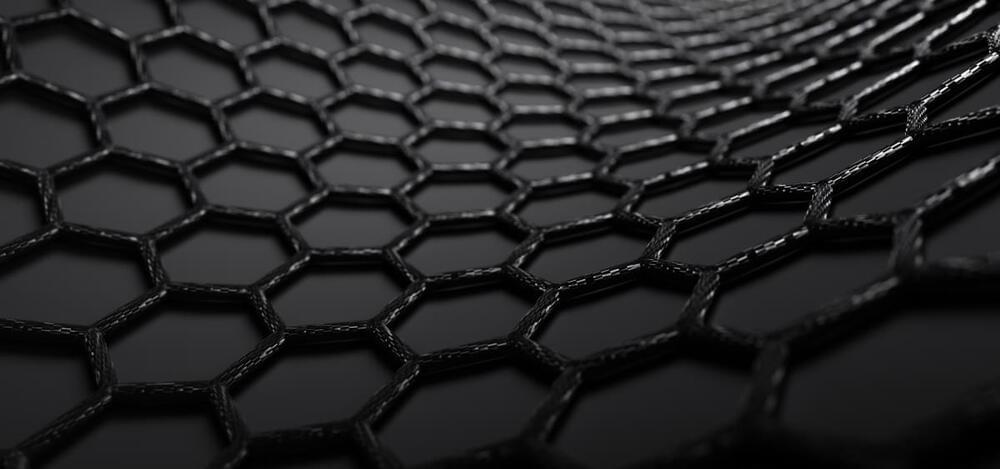
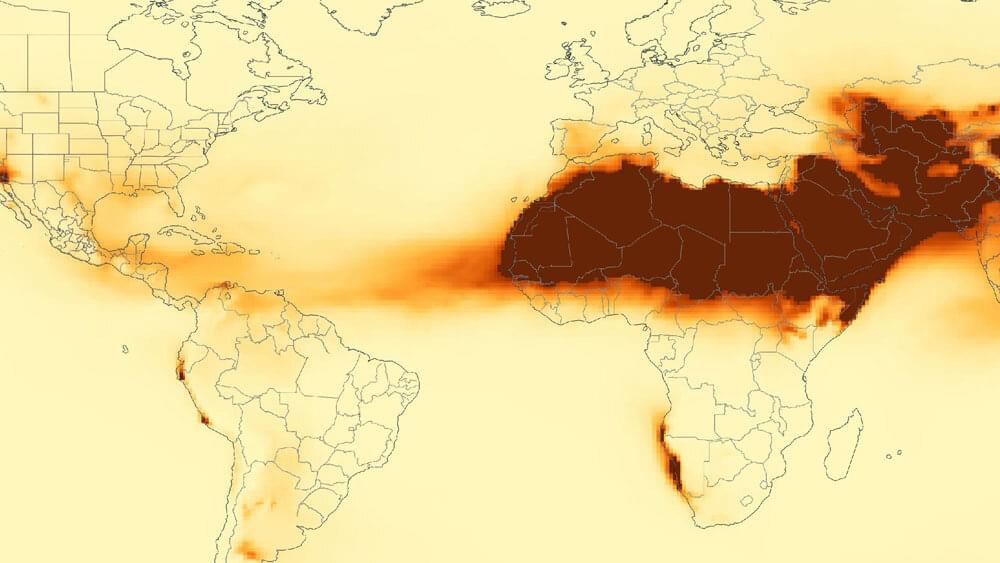
Every summer, weather forecasters blast news about African dust plumes crossing the southern United States. And to most people, it’s just dust, but to researchers at Texas A&M University, it’s much more.
Researchers have developed a new method called isotope-resolved chemical mass balance to identify dust participles using isotopic measurements. Their new research builds off previous studies where they identified and quantified the dust by determining the elemental composition.
The study was recently published in Environmental Science & Technology.

The use of immunodetection assays including the widely used enzyme-linked immunosorbent assay (ELISA) in applications such as point-of-care detection is often limited by the need for protein immobilization and multiple binding and washing steps. Here, we describe an experimental and analytical framework for the development of simple and modular “mix-and-read” enzymatic complementation assays based on split luciferase that enable sensitive detection and quantification of analytes in solution. In this assay, two engineered protein binders targeting nonoverlapping epitopes on the target analyte were each fused to nonactive fragments of luciferase to create biosensor probes. Binding proteins to two model targets, lysozyme and Sso6904, were isolated from a combinatorial library of Sso7d mutants using yeast surface display.
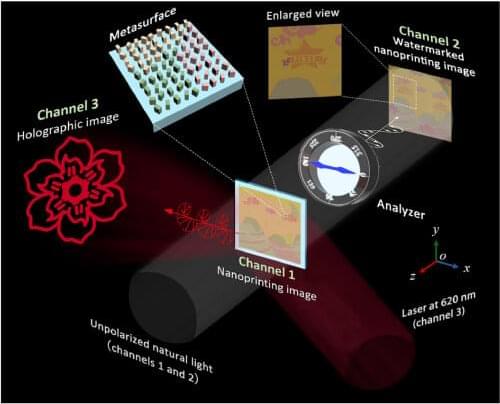
Researchers have developed a metasurface device that can display three types of images depending on the illumination light. The three-channel device could be used as an anticounterfeiting measure or offer a new way to securely deliver encrypted information.
“Metasurfaces are artificial materials with tiny nanostructures that can be used to manipulate light,” said research team member Qi Dai from Wuhan University in China. “In this work, we exploited both the size and orientation of the nanostructures to design a metasurface with three working modes.”
The researchers describe the new device in Optics Express. They also showed that depending on the light used, the metasurface would generate a holographic image or a structural-color nanoprinting image with or without polarization-dependent watermarks.
Neurodegenerative diseases—like amyotrophic lateral sclerosis (ALS, or Lou Gehrig’s disease), Alzheimer’s, and Parkinson’s—are complicated, chronic ailments that can present with a variety of symptoms, worsen at different rates, and have many underlying genetic and environmental causes, some of which are unknown. ALS, in particular, affects voluntary muscle movement and is always fatal, but while most people survive for only a few years after diagnosis, others live with the disease for decades. Manifestations of ALS can also vary significantly; often slower disease development correlates with onset in the limbs and affecting fine motor skills, while the more serious, bulbar ALS impacts swallowing, speaking, breathing, and mobility. Therefore, understanding the progression of diseases like ALS is critical to enrollment in clinical trials, analysis of potential interventions, and discovery of root causes.
However, assessing disease evolution is far from straightforward. Current clinical studies typically assume that health declines on a downward linear trajectory on a symptom rating scale, and use these linear models to evaluate whether drugs are slowing disease progression. However, data indicate that ALS often follows nonlinear trajectories, with periods where symptoms are stable alternating with periods when they are rapidly changing. Since data can be sparse, and health assessments often rely on subjective rating metrics measured at uneven time intervals, comparisons across patient populations are difficult. These heterogenous data and progression, in turn, complicate analyses of invention effectiveness and potentially mask disease origin.
Now, a new machine-learning method developed by researchers from MIT, IBM Research, and elsewhere aims to better characterize ALS disease progression patterns to inform clinical trial design.
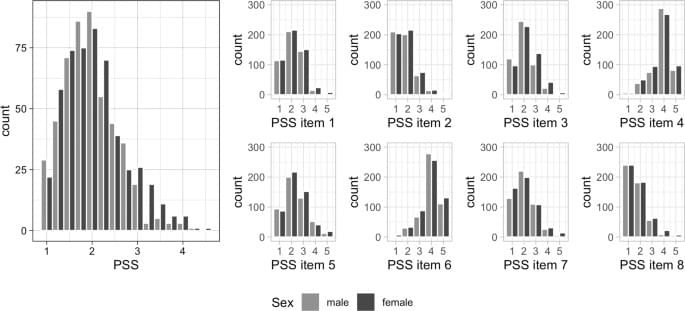
Additionally, epigenetic changes were suggested to be a possible link [30, 31] between adverse childhood experiences and mortality as well as higher morbidity burden in late life [32]. It was proposed that this link could be mediated by health-adverse coping mechanisms (activated as a result of high levels of anxiety and depression) that are associated with adverse childhood experiences [33]. Some of these coping strategies, such as smoking, alcohol abuse and and a high BMI resulting from unhealthy eating habits, were shown to be associated with DNAmAA in some studies [34,35,36]. However, these results were not unequivocally replicated [37,38,39] (reviewed in ref. [40]).
Previous studies that examined the relationship between DNAmAA and stress operationalized stress as low socioeconomic status (SES) [41, 42], (childhood) trauma [26, 43,44,45], racial discrimination [46], or exposure to violence [47]. Many previous studies on the topic focused on changes in DNAm age during childhood as this period is known to be particularly prone to stress-related epigenetic changes [29].
In contrast, in this work we focus on older age which was shown to be the second most vulnerable phase in a person’s life in terms of epigenetics [29]. As epigenetic modifications remain even after the psychological stimulus has ceased there is the possibility of cumulating effects on the epigenome exerted by repeated psychological stressors [29]. Specifically, we analyzed the association between the amount of experienced stress (measured by Cohen’s Perceived Stress Scale [PSS] [48]) and several DNAm age estimators (i.e. the 7-CpG clock [49], Horvath’s clock [50], Hannum’s clock [51], PhenoAge [34], GrimAge [52]) in 1,100 older adults. While the PSS represents a well-established marker of perceived stress [48], to our knowledge it has not been investigated in the context of epigenetic aging before. While we were able to replicate well-established associations with perceived stress, none of the five epigenetic clocks analyzed in the current study were associated with the perception of stress.